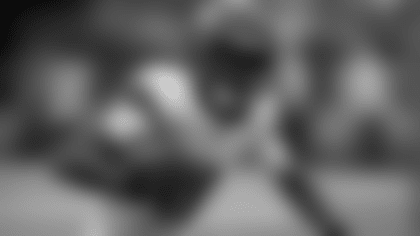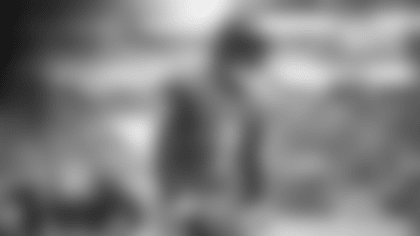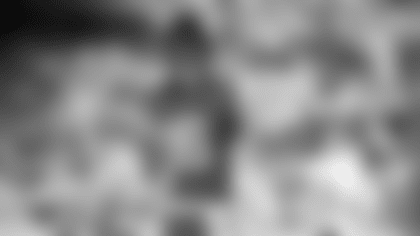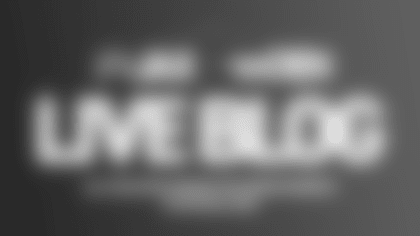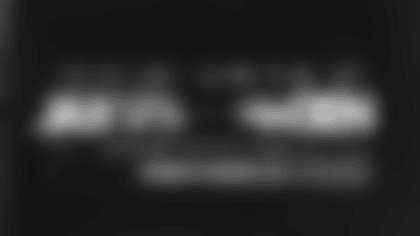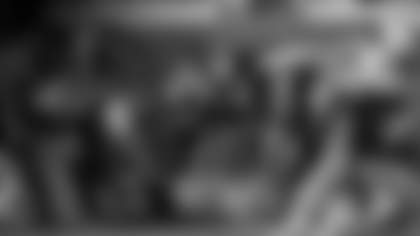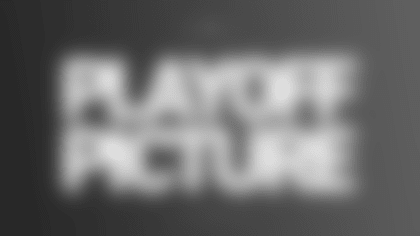Join *Jaguars Inside Report *Senior Editor Vic Ketchman as he tackles the fans' tough questions.
Mario Benavidez from Zapata, TX:
Why don't the Jags just face the fact that they could get out of this big mess by using the power of the draft and trading their high-priced players? I have looked at the numbers and by trading Zach Wiegert, Gary Walker, Tony Brackens and Jimmy Smith (they could get under the cap). I know because of their big salaries teams just won't make straight swaps, but teams with money to spend, such as the Panthers, Redskins, Lions, etc., won't mind swapping high picks for these high-quality players and, at the same time, (the Jaguars would) get more players in the draft to fill the gaps left behind by these stars. Why don't the Jags just do this and get under the cap without going through a dramatic downfall?
Vic:
What you've proposed can't be done. For starters, trading may not begin until March 1; the deadline for being under the salary cap is four p.m. on Feb. 28. First you must be under the cap, then you may trade, and if the Jaguars kept all of those players on their roster for the purpose of trading them, they would be way over the cap. Beyond that, Tony Brackens and Jimmy Smith have whopping remaining amortization figures that far exceed their 2002 salary cap hits. Trading Brackens and Smith would accelerate all of that amortization into 2002, which would worsen the Jaguars' cap excess by more than $6 million. Finally, of the three teams you proposed as trade partners, only the Redskins are significantly under the cap; the Lions are at the cap, and the Panthers are about $6 million over.
Tom Rusk from Malabar, FL:
How did the Jaguars' cap deficit increase about $4 million between January and last Thursday? I know they signed a few street free agents; did they cost that much, or was it mostly something else, like delayed bonuses that raised their cap deficit?
Vic:
Incentive payments, such as to Seth Payne, Keenan McCardell and Tony Brackens, are the major cause.
Robert Wibbing from Orange Park, FL:
I was just thinking that with all of the corruption going around in college football recently, has the NFL ever had some illegal paying toward players from owners since the salary cap was introduced? Could this happen "on the side" and what could happen to the team if they got caught?
Vic:
The San Francisco 49ers got caught, and it cost Carmen Policy a $500,000 fine, after Policy had moved on to Cleveland. In another case a few years ago, the Steelers discovered a bookkeeping error the league had not detected. The error resulted in a slight cap overage. They turned themselves into the league and the league penalized the Steelers a third-round draft choice.
Holger Bloos from Bad Vilbel, Germany:
What difference does it make between cutting a player before March 1, between March 1 and June 1, and after June 1? Also, which players are likely to be released after June 1?
Vic:
Cutting a player between Feb. 21 (first day cuts may begin) and June 1 results in the team having to declare all of that player's remaining amortization on that year's salary cap. If a player has two years remaining on his contract and he is cut after June 1, the team may split the remaining amortization between the next two caps. If that player has more than two years remaining on his contract, then a third of the remaining amortization will be declared on the current year's cap and the remaining two-thirds on the following year's cap. I don't have a crystal ball, but I can tell you post-June 1 candidates are those players with big remaining amortizations who have more than one year remaining on their contracts.




